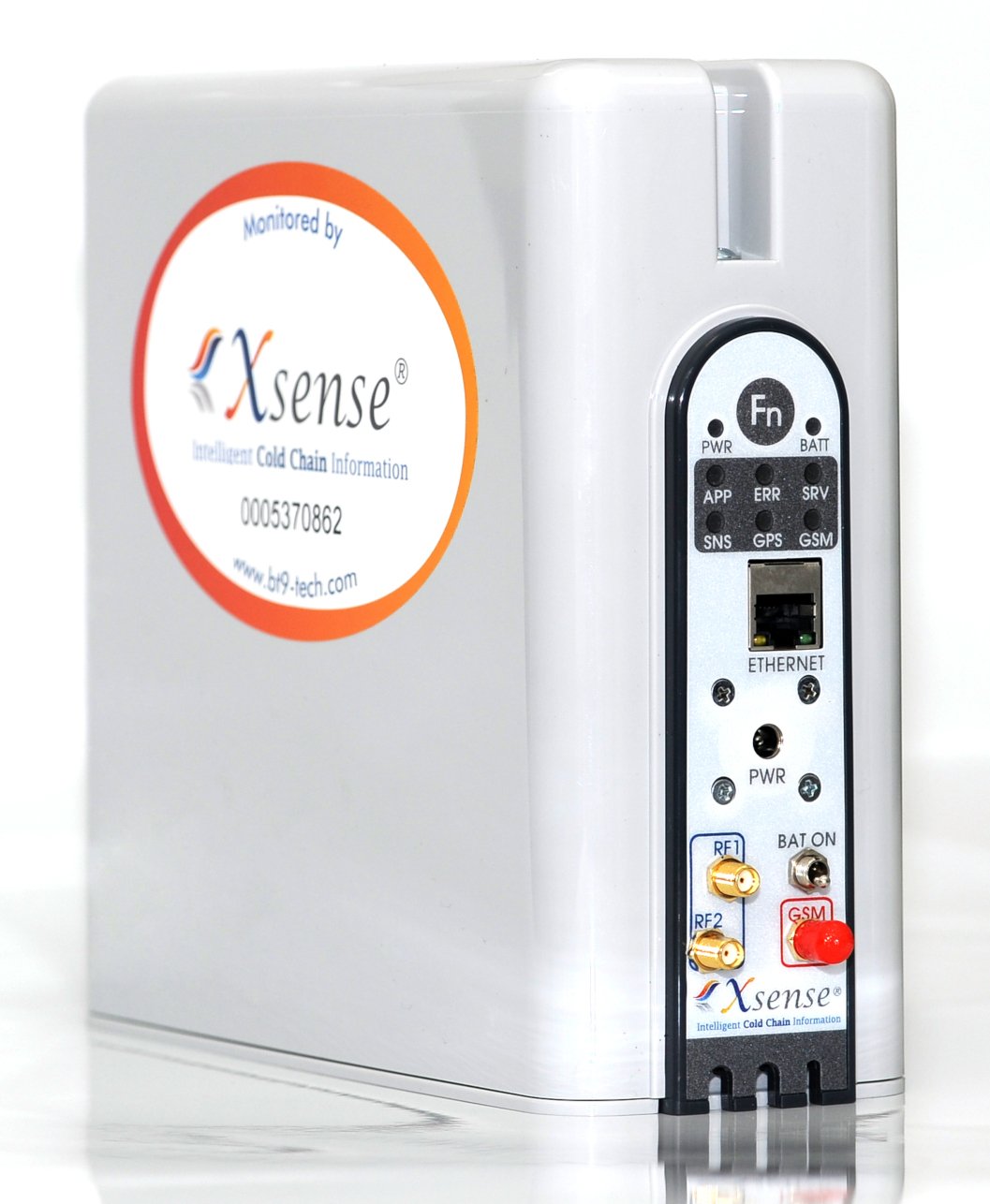HiTag™ dataloggers are typically used in conjunction with the Xsense® wireless gateway. The gateway will read data from the dataloggers and will pass the data to Xsense® Cloud.
The operation of getting data from the datalogger to the gateway begins with the gateway announcing its presence. When the HiTag™ hears the gateway, it will attempt to synchronize with the gateway. If successful, the HiTag™ will pass data to the gateway. These steps happen automatically.
The gateway will store the data of the HiTag™ in a buffer, if it is not connected to the internet. When it is connected to the internet, it will send the data in encrypted format to Xsense® Cloud.
The Xsense® wireless gateway (CU2) comes in several versions.
- LAN Ethernet connectivity,
- Cellular only (2G or 3G) connectivity, and
- Dual LAN and cellular (2G or 3G) connectivity.
The cellular option affords speedy installation will keeping the gateways separated from corporate internal networks.
The gateway contains a large internal battery to ensure continued operation while being carried about, during a power outage, or when the power supply drops, such as in the evening when powered by a solar panel.
The range of the RF signal of the gateway is about 100 meter line of site.

